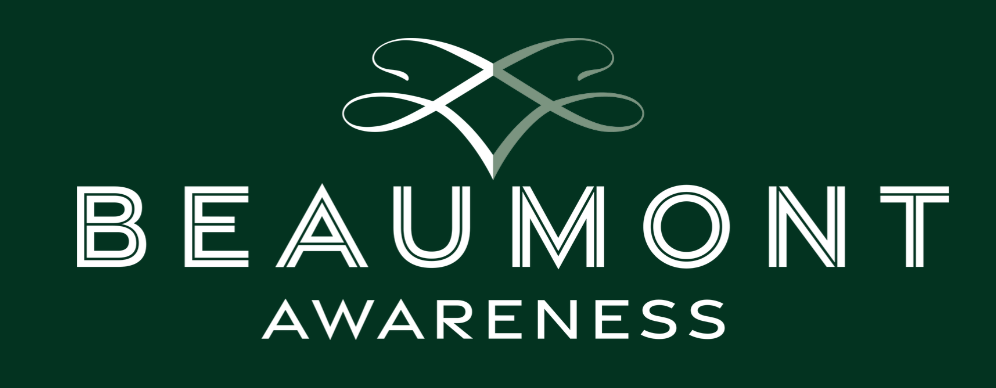Feeling a little SAD
NOT FEELING GREAT?
It could be Seasonal Affective Disorder (SAD)
It’s that time of year when the daytime is shorter and often cloudy and dull. And you feel miserable or sad! Or in other words, you could be suffering from Seasonal Affective Disorder.
Geographical location plays a role in SAD, with higher rates found in areas with more drastic changes in sunlight throughout the year such as Northern Europe. However, the exact cause of SAD is not yet fully understood.
But the symptoms of SAD most usually happen during the autumn and winter. The onset of SAD is often linked to reduced exposure to natural sunlight that leads to disruptions in circadian rhythms.
The symptoms are:
Persistent feelings of sadness, hopelessness and irritability
Changes in sleep patterns, such as oversleeping or insomnia
Changes in appetite and weight
Tiredness, difficulty concentrating and a loss of interest in once-enjoyable activities
Fluctuations in neurotransmitter levels, particularly serotonin.
Treatment focuses on alleviating symptoms and preventing their recurrence such as:
Light therapy - a primary treatment - involving exposure to a bright light box that mimics natural sunlight, stimulating the brain and regulating mood. Regular use of light therapy, especially in the morning, can effectively alleviate symptoms for many individuals
Psychotherapy, particularly cognitive-behavioural therapy (CBT) helps in identifying negative thought patterns and develops coping strategies to manage symptoms
Antidepressant medications, particularly selective serotonin inhibitors may be prescribed to regulate neurotransmitter levels
Regular exercise and stress-reducing activities such as meditation and yoga
Maintaining a consistent sleep schedule
Maximizing exposure to natural light
Understanding the cyclical nature of SAD is crucial and the early recognition of symptoms and prompt intervention can significantly improve the quality of life for those affected by this condition.
Written by Jayne Beaumont
